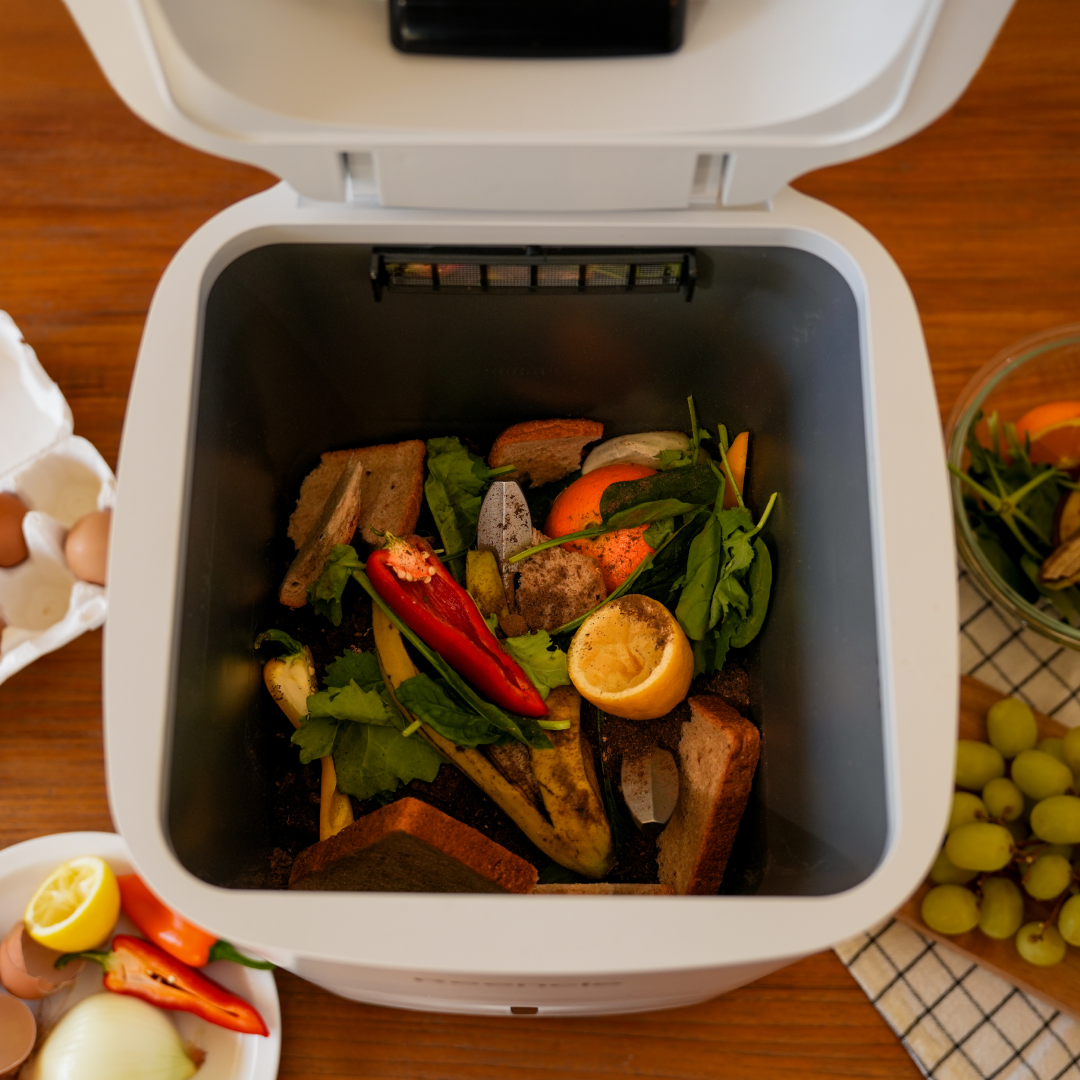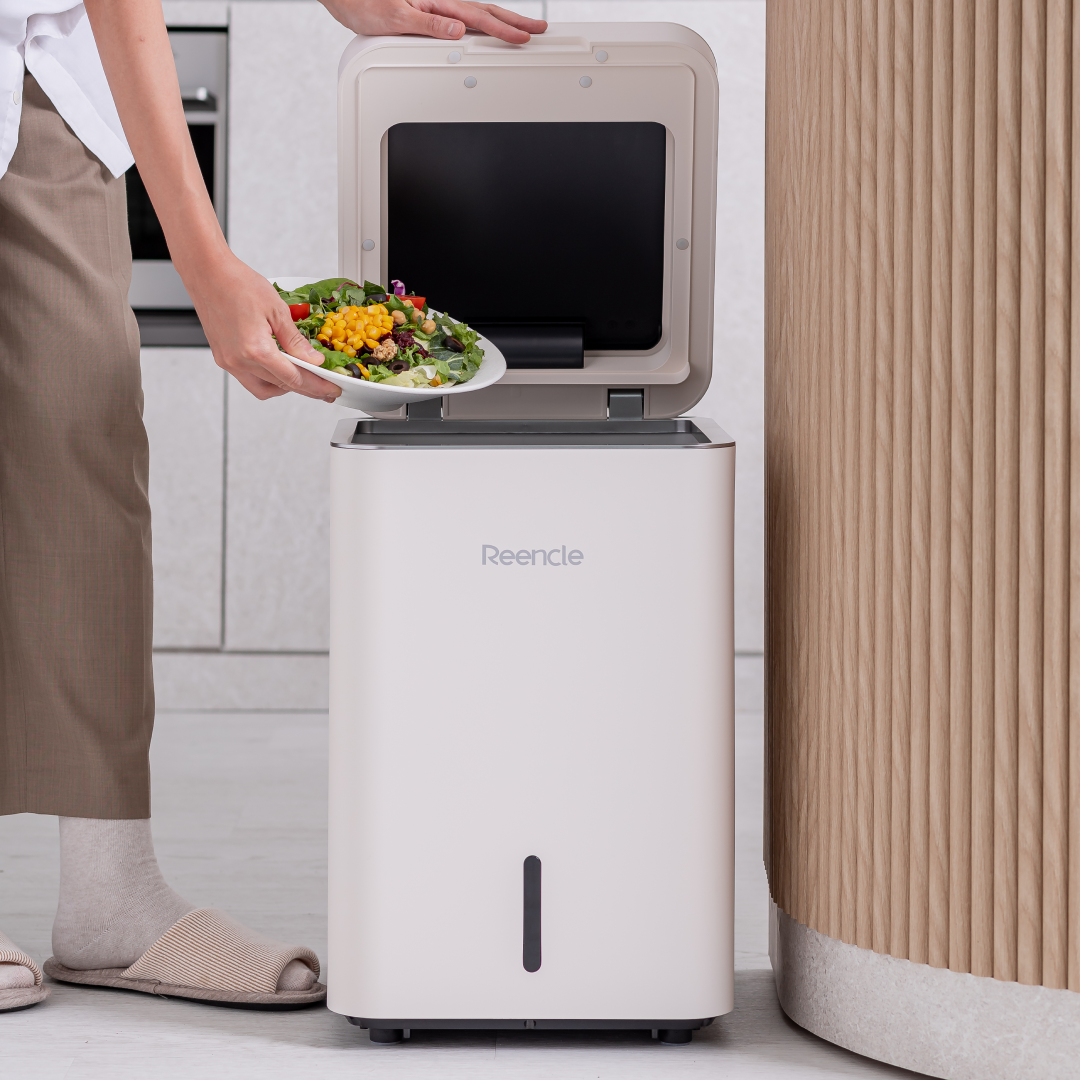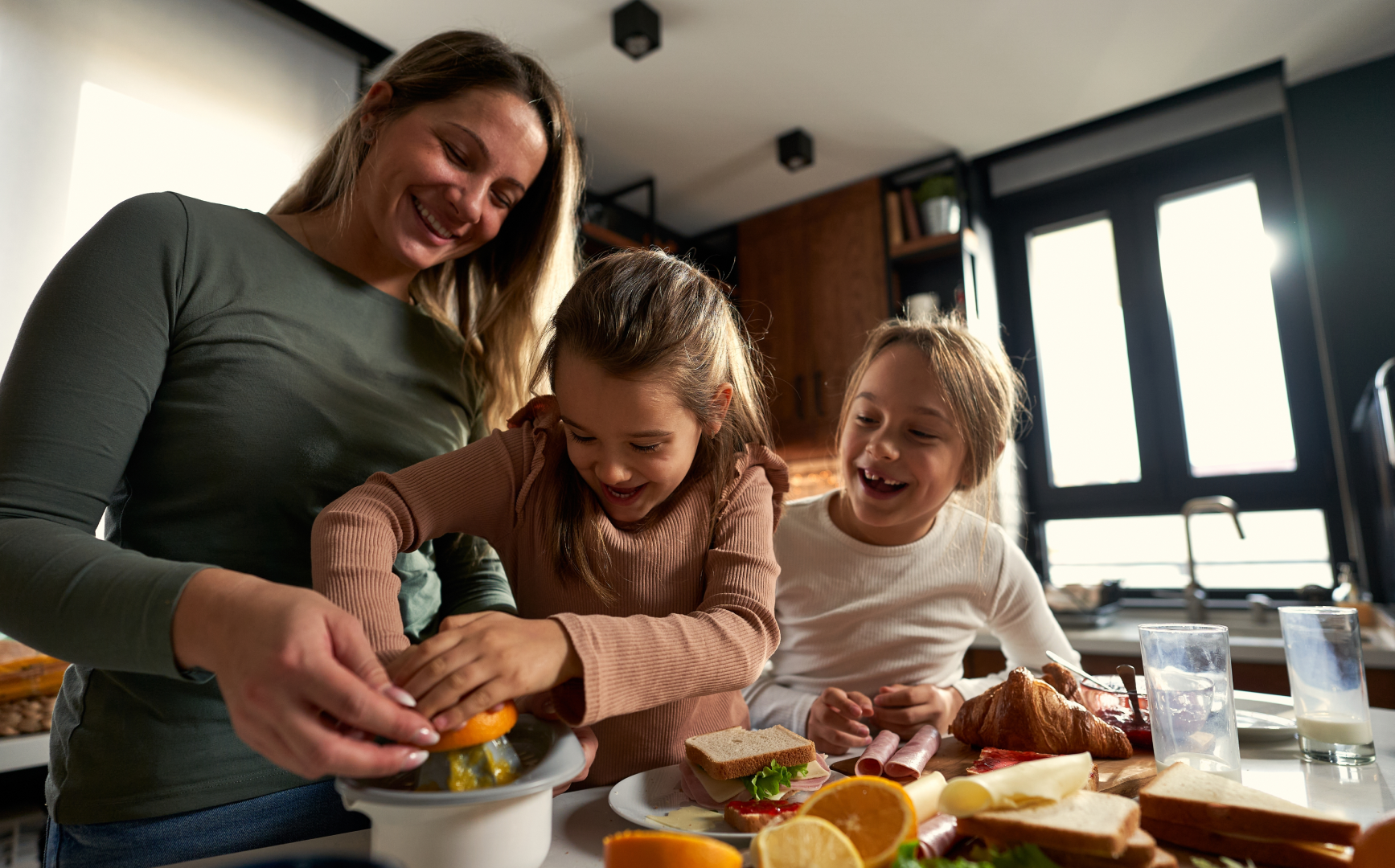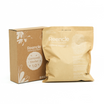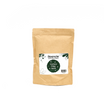Preparing
Cultivation Soil

In box gardening, where plants are grown in a limited amount of soil, providing sufficient oxygen is crucial. Ideal cultivation soil should have good drainage, absorption, and retention capacities.
To achieve this, various types of soil are mixed together.It's essential to avoid using immature compost or organic fertilizers, as they can spread pathogens within the confined space. Always use well-decomposed, fluffy compost.

Why does our partnership matters
For every purchase, we plant 1 TREE to nurture our planet 🌲Together, we are sowing the seeds of change and cultivating a greener, more sustainable world.
Anything else?
Anything else?You willl also receive an official certificate from Greenspark as a token of appreciation for your commitment to the environment! 📜
How do we see the progress?
How do we see the progress?Join us on this remarkable journey towards an impact dashboard.You can see how your eco-smart choice made the world a better place
 View more
View more
Your support empowers reforestation, fights climate change,
and paves the way for a brighter, eco-friendly future.
Join us on this remarkable journey towards a cleaner,healthier planet.
Shop with a purpose, shop with Reencle! 🛒💚

Why does our partnership matters
For every purchase, we plant 1 TREE to nurture our planet 🌲Together, we are sowing the seeds of change and cultivating a greener, more sustainable world.
Anything else?
Anything else?You willl also receive an official certificate from Greenspark as a token of appreciation for your commitment to the environment! 📜
How do we see the progress?
How do we see the progress?Join us on this remarkable journey towards an impact dashboard.You can see how your eco-smart choice made the world a better place
 View more
View more
Your support empowers reforestation, fights climate change,
and paves the way for a brighter, eco-friendly future.
Join us on this remarkable journey towards a cleaner,healthier planet.
Shop with a purpose, shop with Reencle! 🛒💚
1. Basic Cultivation Soil
The basic soil for box gardening includes red soil, black soil, field soil, red loam, paddy soil, and recycled soil. These types are inexpensive, readily available in large quantities, and have good absorption and retention capacities.
Mix these soils with leaf mold, peat moss, and well-decomposed compost in a 6:4 ratio. Plant-based cultivation soil enhances drainage, aeration, increases microorganism count, and maintains absorption and retention.
Plant-based cultivation soil loses its functionality over time. After about a year, sterilize the soil and add new leaf mold or red loam to reuse it.
1. Basic Cultivation Soil
The basic soil for box gardening includes red soil, black soil, field soil, red loam, paddy soil, and recycled soil. These types are inexpensive, readily available in large quantities, and have good absorption and retention capacities.
Mix these soils with leaf mold, peat moss, and well-decomposed compost in a 6:4 ratio. Plant-based cultivation soil enhances drainage, aeration, increases microorganism count, and maintains absorption and retention.
Plant-based cultivation soil loses its functionality over time. After about a year, sterilize the soil and add new leaf mold or red loam to reuse it.
2. Adjusting for Different Basic Cultivation Soils

Black soil, red soil, and red loam from the black soil family contain low levels of phosphorus, so additional phosphorus is needed.
They also have low lime content and can easily become acidic, so add dolomitic lime as well.Field soil, being clayey, has good retention but poor aeration and drainage, making it prone to root rot. Adjust by adding 40-50% leaf mold.
3. Creating Nutrient-Rich Cultivation Soil
To make soil for pots and garden boxes, mix basic cultivation soil with plant-based cultivation soil (leaf mold) in a 6:4 ratio, and supplement with other cultivation soils. If using organic fertilizers or lime to create nutrient-rich soil, mix and let it sit for about a month, occasionally watering to promote decomposition.
5. Customizing Soil Mixtures to Your Lifestyle
In box gardening, overwatering can cause root rot, while underwatering can lead to plant death. Depending on the type of plants and your watering habits—whether you tend to overwater or forget to water—you can adjust the ratio of basic cultivation soil to leaf mold. This personalized approach can help prevent common gardening failures.
2. Adjusting for Different Basic Cultivation Soils

Black soil, red soil, and red loam from the black soil family contain low levels of phosphorus, so additional phosphorus is needed.
They also have low lime content and can easily become acidic, so add dolomitic lime as well.Field soil, being clayey, has good retention but poor aeration and drainage, making it prone to root rot. Adjust by adding 40-50% leaf mold.
3. Creating Nutrient-Rich Cultivation Soil
To make soil for pots and garden boxes, mix basic cultivation soil with plant-based cultivation soil (leaf mold) in a 6:4 ratio, and supplement with other cultivation soils.
If using organic fertilizers or lime to create nutrient-rich soil, mix and let it sit for about a month, occasionally watering to promote decomposition.
5. Customizing Soil Mixtures to Your Lifestyle
In box gardening, overwatering can cause root rot, while underwatering can lead to plant death.
Depending on the type of plants and your watering habits—whether you tend to overwater or forget to water—you can adjust the ratio of basic cultivation soil to leaf mold.
This personalized approach can help prevent common gardening failures.


